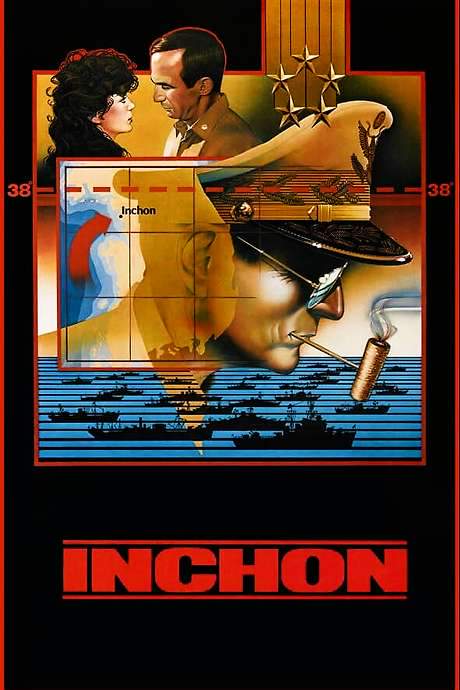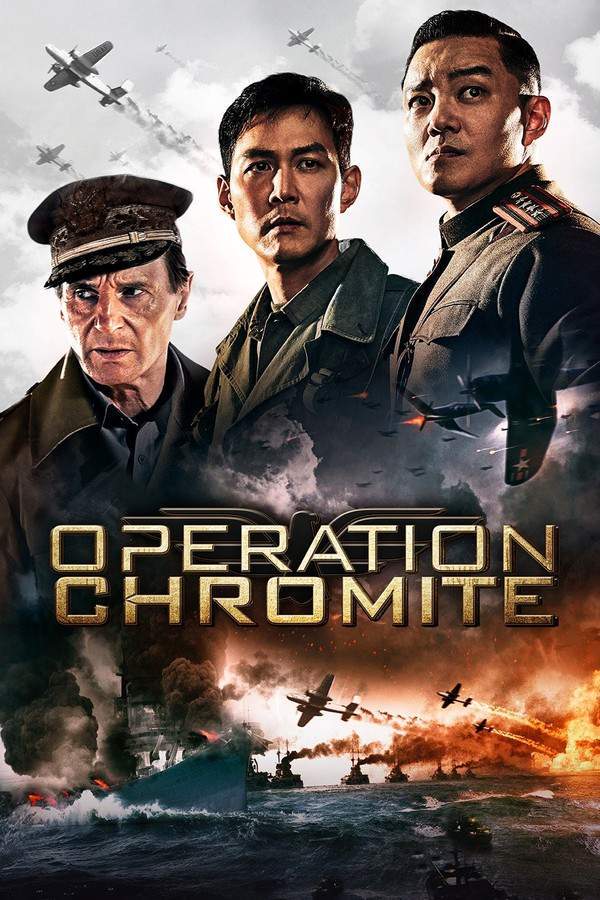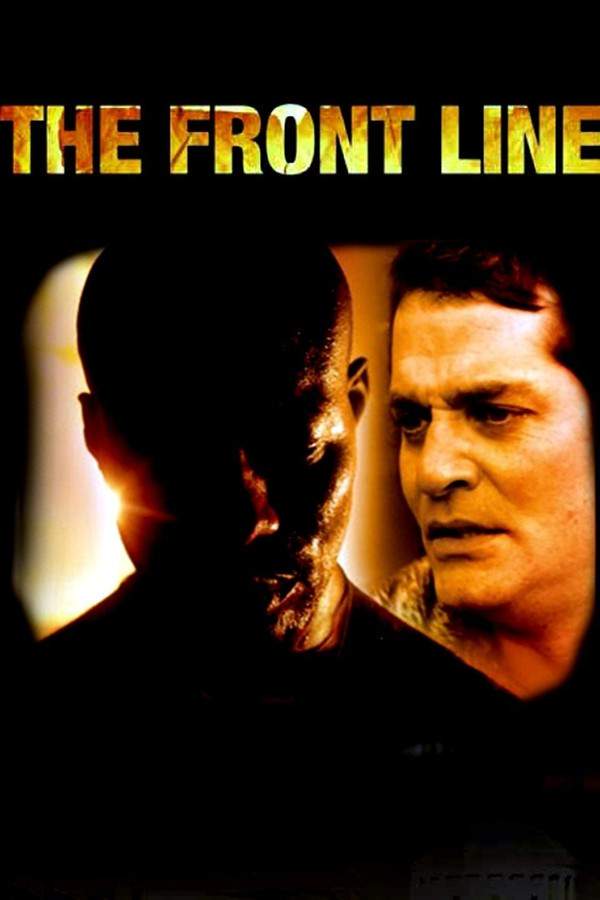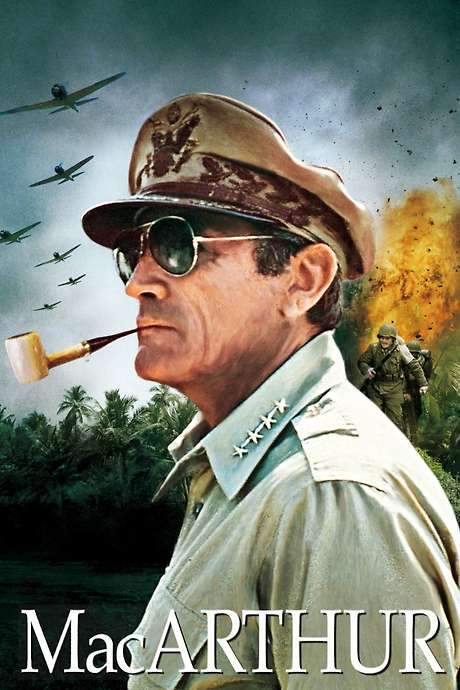Warning: spoilers below!
Haven’t seen Inchon yet? This summary contains major spoilers. Bookmark the page, watch the movie, and come back for the full breakdown. If you're ready, scroll on and relive the story!
Inchon (1981) – Full Plot Summary & Ending Explained
Read the complete plot breakdown of Inchon (1981), including all key story events, major twists, and the ending explained in detail. Discover what really happened—and what it all means.
Set during the Korean War, the film revisits the Battle of Inchon—September 15 to 19, 1950—often highlighted as the turning point of the conflict. At the center of the drama is Gen. Douglas MacArthur, the commanding figure whose audacious amphibious plan off the Incheon coast frames the entire story and shapes the fate of the campaign.
On the home front near the 38th parallel, Barbara Hallsworth Barbara Hallsworth is the wife of a U.S. Army major who becomes involved in a perilous mission. She is asked to escort five South Korean children to safety in Seoul, traveling by limousine. The journey is violently interrupted when their chauffeur is killed, forcing Barbara to press on toward safety at the Inn of the Sixth Happiness. In a tense moment that underscores the chaos of war, she shoots a North Korean soldier to protect the group, a stark reminder that civilians are drawn into the conflict just as fiercely as soldiers.
Meanwhile, Frank Hallsworth Maj. Frank Hallsworth finds himself entangled in a forbidden affair with Lim, the daughter of Saito. Lim Lim becomes a focal point of personal risk and family tension, as her father, Saito, is keenly aware of the relationship and does not disapprove, adding a layer of complexity to the couple’s decisions as the invasion unfolds. Frank’s personal scheme intersects with the larger war, reminding viewers that the human costs of conflict stretch far beyond the battlefield.
As the danger escalates, Frank learns of the invasion and heads north to locate Barbara, aided by Sgt. Augustus Henderson. Henderson plays a crucial practical role—fixing a battery in Barbara’s vehicle and helping to reunite the couple—while the larger military operations push forward with relentless momentum.
In Tokyo, journalists—David Feld, Park, and Longfellow—attend a press conference that is meant to spotlight MacArthur’s leadership. Yet the general himself does not appear, a moment that underlines the tension between public spectacle and on-the-ground strategy. MacArthur’s wife, Jean MacArthur, later shares with him that he is convinced he is the only person who can rescue South Korea, a claim that foreshadows his larger role in shaping wartime events.
Back on the water and through the channels, Hallsworth and Lim push forward with a bold signal to the fleet. They manage to turn on a lighthouse to alert 261 U.S. ships, while Saito triggers mines in the channel. The sea lanes tremble under the threat of mines, and Lim is killed in the ensuing battle, a devastating sacrifice that underscores the human toll behind strategic maneuvers.
As American troops surge forward, the North Korean forces are driven back, and the streets and shores fill with cheering crowds who wave South Korean and American flags alike. The narrative moves toward a closing note of resolve as MacArthur—whose leadership looms large throughout—recites the Lord’s Prayer, a moment that segues into a final newsreel that revisits his wartime leadership and the war’s turning point.
-
The film’s scope blends intimate, high-stakes personal drama with sweeping military action, portraying how lives intersect at the edge of a pivotal moment in history.
-
Across its threads, the story emphasizes courage, sacrifice, and the imperfect humanity of those who navigate the consequences of war, from civilian evacuees and frontline soldiers to generals and journalists.
-
The interplay between Barbara’s protective actions, Frank and Lim’s fragile romance, and the strategic gambits that defined Inchon creates a mosaic of wartime experience—showing how a single campaign can ripple through families, communities, and nations.
This retelling stays faithful to its core events while expanding the emotional texture of its characters, delivering a dense, character-driven panorama set against a landmark chapter in the Korean War.
Last Updated: October 09, 2025 at 14:58
Unlock the Full Story of Inchon
Don't stop at just watching — explore Inchon in full detail. From the complete plot summary and scene-by-scene timeline to character breakdowns, thematic analysis, and a deep dive into the ending — every page helps you truly understand what Inchon is all about. Plus, discover what's next after the movie.
Inchon Timeline
Track the full timeline of Inchon with every major event arranged chronologically. Perfect for decoding non-linear storytelling, flashbacks, or parallel narratives with a clear scene-by-scene breakdown.

Similar Movies to Inchon
Discover movies like Inchon that share similar genres, themes, and storytelling elements. Whether you’re drawn to the atmosphere, character arcs, or plot structure, these curated recommendations will help you explore more films you’ll love.
Explore More About Movie Inchon
Inchon (1981) Scene-by-Scene Movie Timeline
Inchon (1981) Movie Characters, Themes & Settings
Inchon (1981) Spoiler-Free Summary & Key Flow
Movies Like Inchon – Similar Titles You’ll Enjoy
Operation Chromite (2016) Full Summary & Key Details
The Front Line (2012) Complete Plot Breakdown
Battle of Jangsari (2019) Plot Summary & Ending Explained
Welcome to Dongmakgol (2005) Ending Explained & Film Insights
The Battle at Lake Changjin (2021) Detailed Story Recap
Field of Honor (1986) Ending Explained & Film Insights
Fixed Bayonets! (1951) Complete Plot Breakdown
All the Young Men (1960) Ending Explained & Film Insights
A Hill in Korea (1956) Movie Recap & Themes
This Is Korea! (1951) Complete Plot Breakdown
Dragonfly Squadron (1954) Ending Explained & Film Insights
Tank Battalion (1958) Story Summary & Characters
Men in War (1957) Film Overview & Timeline
Battle Zone (1952) Full Summary & Key Details
MacArthur (1977) Detailed Story Recap


















